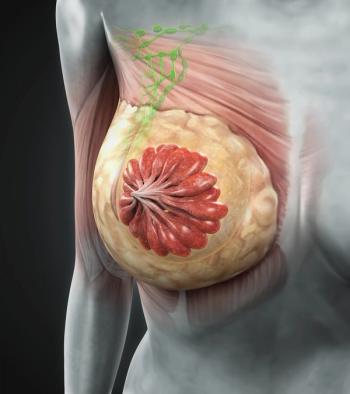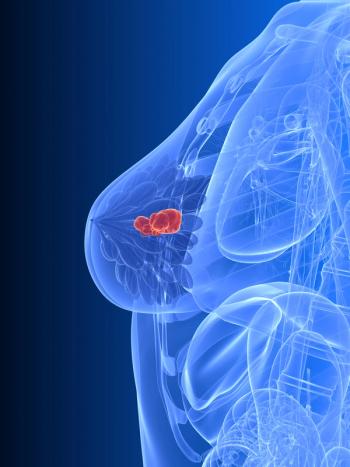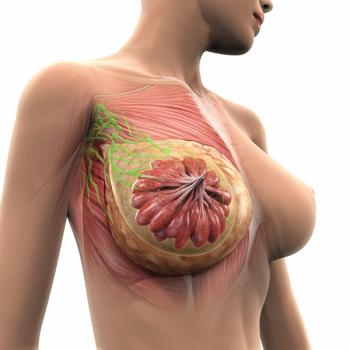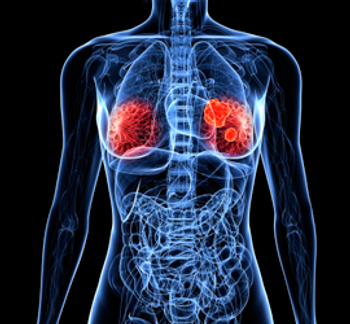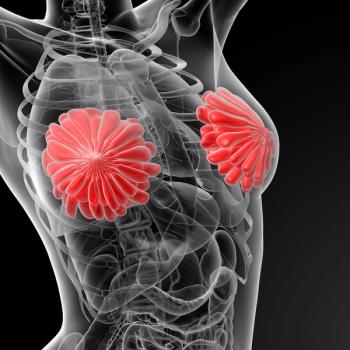
- Oncology Vol 28 No 1S
- Volume 28
- Issue 1S
(P088) Feasibility and Efficacy of Trimodality Therapy in Patients With High-Risk Pathologic T2–3 N0 M0 Prostate Cancer: Preliminary Results of an Ongoing Phase I/II Trial
The objective of this ongoing phase I/II trial is to determine the safety, feasibility, and efficacy of postprostatectomy 3D conformal radiation therapy (CRT), hormone therapy, and concurrent docetaxel in patients with high-risk pathologic T2–3N0M0 prostate cancer.
Parvesh Kumar, MD, Peter V. Veldhuizen, MD, Mark Thompson, MD, Xinglei Shen, MD, James Coster, MD, Jacek Pinski, MD; University of Kansas School of Medicine; University of Southern California Keck School of Medicine
Purpose and Objectives: The objective of this ongoing phase I/II trial is to determine the safety, feasibility, and efficacy of postprostatectomy 3D conformal radiation therapy (CRT), hormone therapy, and concurrent docetaxel in patients with high-risk pathologic T2–3N0M0 prostate cancer.
Patients and Methods: Postprostatectomy high-risk prostate cancer was defined as clinically nonmetastatic disease with an undetectable, persistent, or rising prostate-specific antigen (PSA) with one or more of the following clinicopathologic features: (1) pathologic (p) T2–T3aN0 disease, positive or negative margins, and a Gleason score (GS) of ≥ 8; (2) pT3bN0 disease; (3) T2–T3aN0 disease with a PSA doubling time of ≤ 10 months; or (4) T2–T3aN0 disease with a pre-RT PSA of ≥ 1.0 ng/mL. The postprostatectomy trimodality treatment consisted of 6 months of hormone therapy (Casodex [50 mg po daily] and Zoladex [10.8 mg sc q 3 mo × 2] or Lupron [22.5 mg im q 3 mo × 2]), 3D-CRT to 66.0 Gy at 2.0 Gy/fx once daily (50 Gy to the surgical bed followed by a 16-Gy boost at 2.0 Gy/fx using either 3D-CRT or intensity-modulated radiation therapy (IMRT), usually begun after 2 months of hormone therapy), and concurrent weekly docetaxel at 20 mg/m2 × 7.
Results: Between October 2008 and October 2013, a total of 20 patients have been enrolled to this ongoing phase I/II clinical trial. The clinical and disease characteristics of these 20 patients are median age = 64 years (range: 56–73 yr); GS 3 + 4 = 7 in five patients, 4 + 3 = 7 in three patients, 3 + 5 = 8 in two patients, 4 + 4 = 8 in two patients, 4 + 5 = 9 in four patients, and 5 + 4 = 9 in three patients; resection margin negative in five patients, close in two, and positive in 13 patients; extracapsular extension absent in six patients and present in 14; seminal vesicle invasion present in 10 patients and absent in 10; and pathologic T-stage was pT2a in one patient, pT2c in three patients, pT3a in six patients, and pT3b in 10 patients. Thirteen of the 20 enrolled patients have completed their entire trimodality therapy. Five of the remaining patients have completed their chemoradiation therapy and most of their hormone therapy, and the remaining two patients just started their hormone therapy recently. The feasibility rate among the 13 patients who have completed their entire trimodality therapy was 100%. None of these 13 patients experienced any grade ≥ 3 gastrointestinal (GI) and/or genitourinary (GU) treatment-related acute toxicity. Of the five patients who have completed their entire chemoradiation therapy and are still taking their hormone treatment, two experienced diet- and/or laxative-related grade 3 diarrhea but no GU grade ≥ 3 acute toxicity; the other three patients completed their entire chemoradiation therapy without any treatment-related grade ≥ 3 acute GI and/or GU toxicity. The remaining two patients on the trial just started their hormone therapy.
Conclusions: The preliminary results of our ongoing phase I/II clinical trial indicate that our postprostatectomy trimodality therapy is well tolerated, with a 100% feasibility rate, in patients with-high risk pT2–3N0M0 prostate cancer. We will continue to accrue patients to this trial until ≥ 30 patients have been enrolled.
Articles in this issue
Newsletter
Stay up to date on recent advances in the multidisciplinary approach to cancer.


